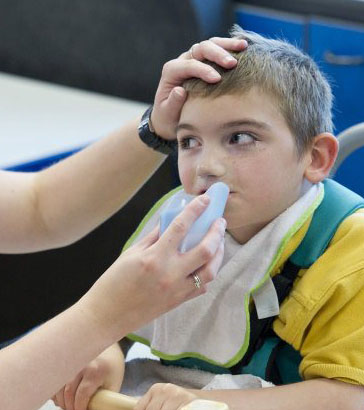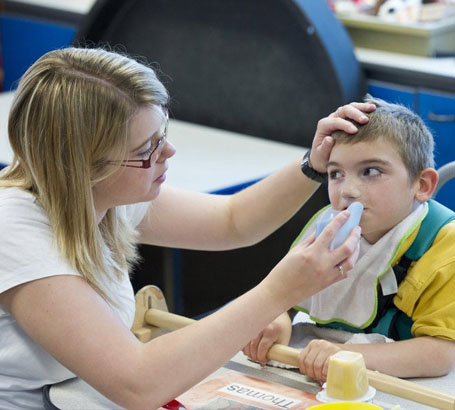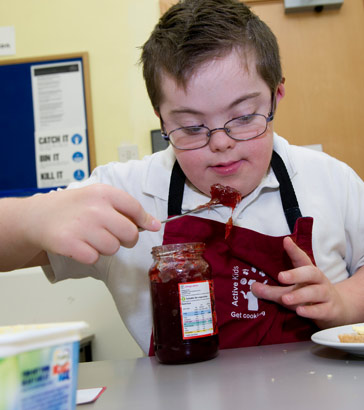Rights, duties and procedures
What can you expect to learn?
The detailed learning outcomes covered in the introduction to Level C are shown in
the table below.
In broad brush terms, the learning outcomes for 'The legislative context' module
identify and trace three important aspects of work associated with children/young
people with SLD/PMLD/CLDD that are underpinned and secured by the legislation:
| Rights | What are children/young people entitled to? |
| Duties | Who should do what; what powers of authority help people to carry out tasks? |
| Procedures | How are rights and duties woven together? |
As recently as the 1970s, children/young people categorised as 'educationally subnormal (severe)' were not automatically entitled to education and were often considered incapable of being educated – sometimes described as 'ineducable'. That is certainly not the case now.
With the implementation of the Education (Handicapped Children) Act 1970, responsibility for this group of children was transferred from the health authorities to the local education authorities. For the first time, all children of compulsory school age had the right to an education.
The Education Act 1981 introduced the concept of 'special educational
need' to replace previous categories of handicap, and introduced the legal right for
all children to
be educated in a mainstream school subject to
certain conditions.
This right has been upheld and strengthened in subsequent education legislation, and legal safeguards put in place to ensure that children/young people with special educational needs/disabilities have a more equitable chance of benefiting from education.
Legislation has not only provided the critical checks and balances needed to progress
equal rights. It has also helped to drive the overall direction of policy and set
the level below which we, as a society, agree that provision will not fall.
(Centre for Studies on Inclusive Education, 2014)

Practice does not always live up to the aspirations of legislators. Each round
of reform leaves the debris of practices, procedures and pedagogy, and even buildings,
which testify to outdated values
and aspirations.
For example, read Professor Luke Clements' description of 'The Grandparent problem' here.
The extent to which aims can be realised and the ways in which the legislative
provision supports, or occasionally even gets in the way of, the very things it is
intended to promote, are some
reasons why it is so important to study the legislative
context.
where next?

New ideas, and occasional returns to previous notions, continue to stimulate debate around best practice to meet the needs of children/young people with special educational needs/disabilities.
The Children and Families Act 2014 (Part 3), and its associated code of practice, guidance and regulations, is the most recent part of the story of improvement in special education.
To see the legal journey of the current special educational needs reforms, click here.

The Children and Families Act 2014 (Part 3) sought to overcome the following weaknesses in the previous special educational needs system, as identified in the Green Paper, Support and Aspiration (2010):
- Support too difficult to access;
- Too many assessments involved;
- Costly appeals processes;
- Lack of voice for children/young people/families;
- Insufficient training and support for teachers.

Read the Special Educational Needs and Disability Code of Practice (2015)
1. Review the changes your school has made to meet the requirements of the Code. How have the changes benefited children/young people with SLD/PMLD/CLDD and their families?
2. Review your school Development Plan. Which clauses relate to changes required under the Code?
3. In your view, have the changes made in your school introduced any additional barriers to learning, achievement or well-being for children with SLD/PMLD/CLDD and their families?